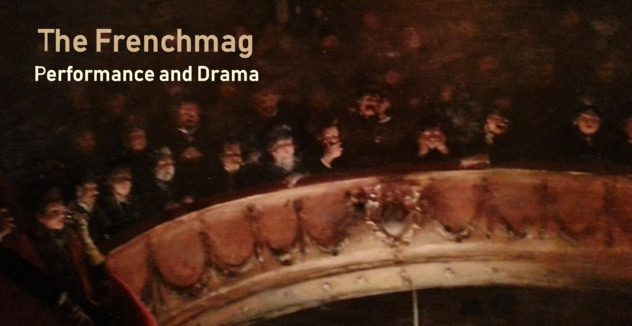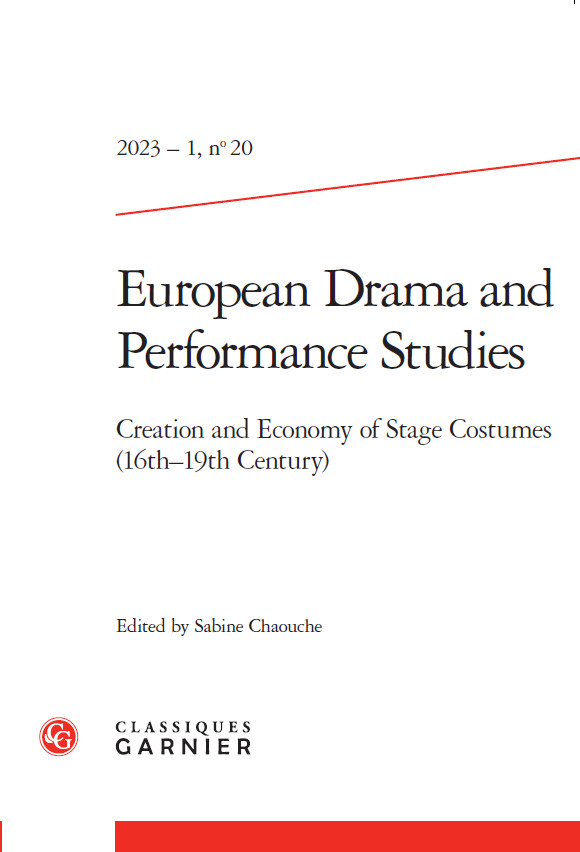The visibility of women in the performing arts has evolved significantly in recent years, with female creatives making their mark across theater, dance, and film. Trailblazing figures like directors Ava DuVernay and Phoebe Waller-Bridge have gained international recognition for reshaping narratives around gender and power, while choreographers like Crystal Pite are redefining contemporary dance. However, gender equity in the arts is far from achieved. Women still face systemic barriers such as pay disparities, limited funding, and a lack of leadership opportunities. Gendered stereotypes often confine female performers to certain roles, while men continue to dominate high-profile creative positions.
Intersectionality adds complexity to the issue: women of color, LGBTQ+ women, and those from working-class backgrounds are even less represented in the industry. Despite their contributions, these women often struggle against both gender and racial biases, facing additional challenges in gaining recognition. While initiatives promoting diversity have made progress, the glass ceiling remains intact. More work is needed to ensure that women's voices—across all identities—are heard, valued, and reflected on stage and screen. The future of the performing arts depends on fully embracing this diversity, both to enrich storytelling and to create a more equitable creative landscape.
What do you think? How have you seen women shaping the performing arts, and what changes do you believe are still needed? Share your thoughts and join the conversation in the comments below!
Intersectionality adds complexity to the issue: women of color, LGBTQ+ women, and those from working-class backgrounds are even less represented in the industry. Despite their contributions, these women often struggle against both gender and racial biases, facing additional challenges in gaining recognition. While initiatives promoting diversity have made progress, the glass ceiling remains intact. More work is needed to ensure that women's voices—across all identities—are heard, valued, and reflected on stage and screen. The future of the performing arts depends on fully embracing this diversity, both to enrich storytelling and to create a more equitable creative landscape.
What do you think? How have you seen women shaping the performing arts, and what changes do you believe are still needed? Share your thoughts and join the conversation in the comments below!






